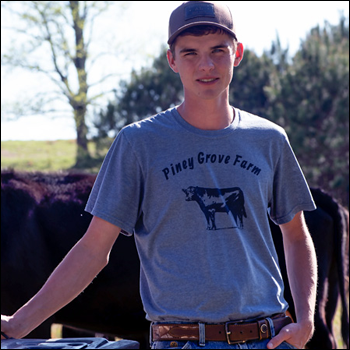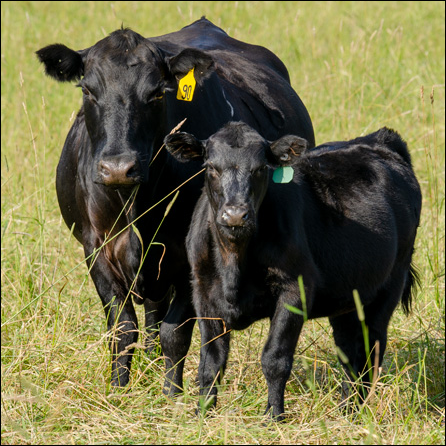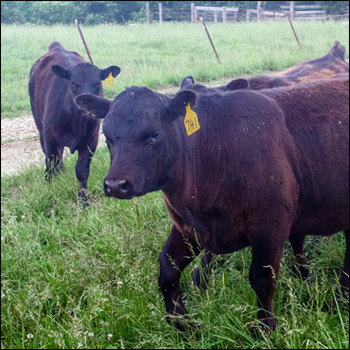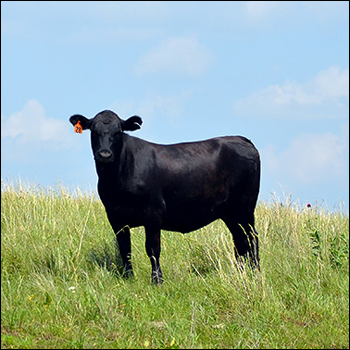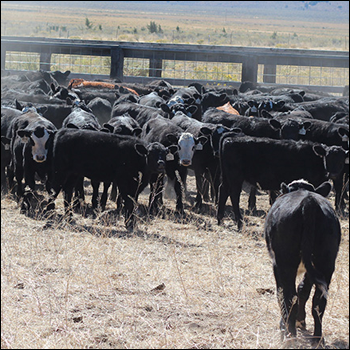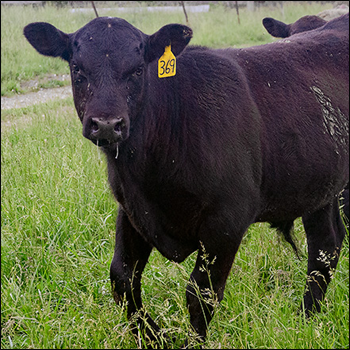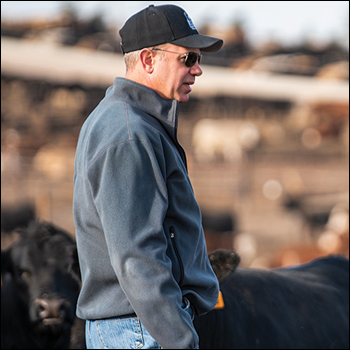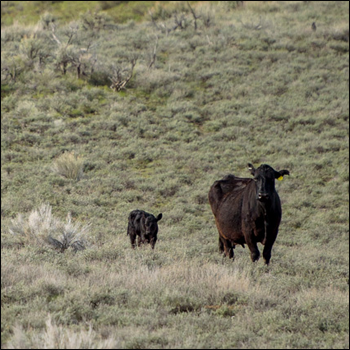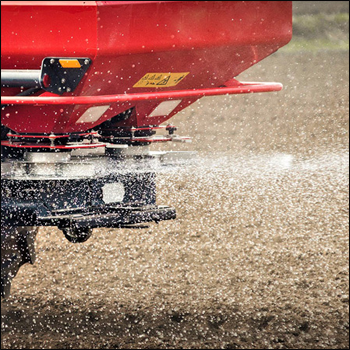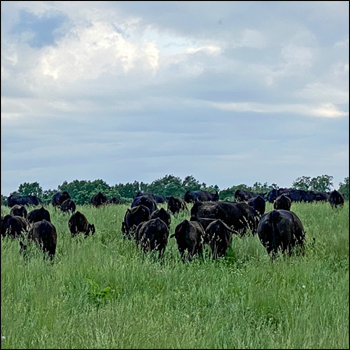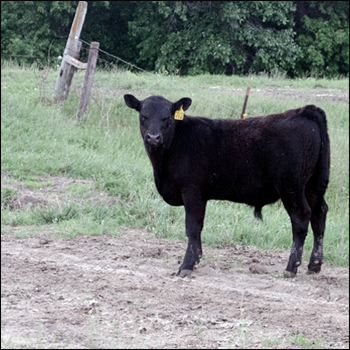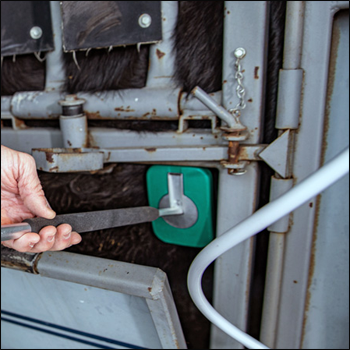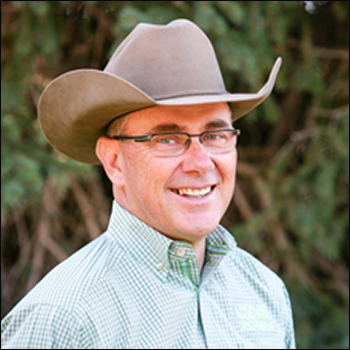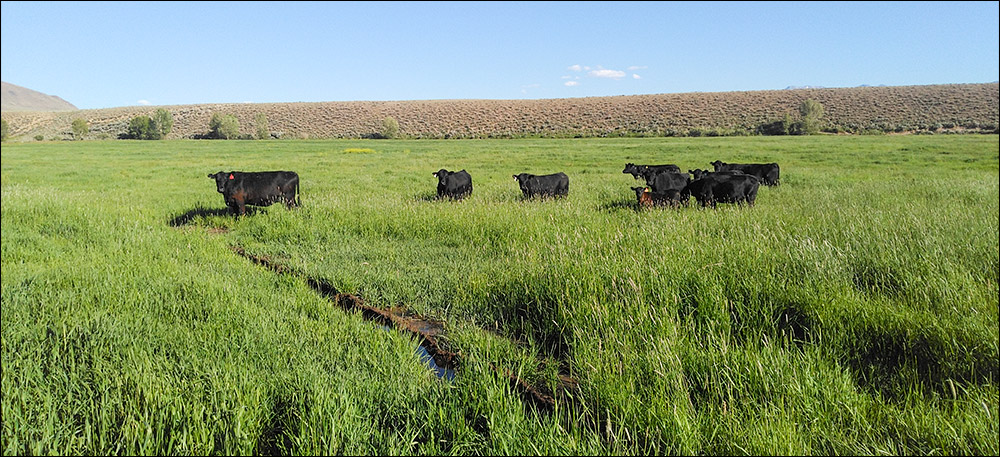
Angus Proud: Stephen Shiner

Idaho operation rotates pastures in summer and raises crops for winter.
Shiner Ranch, owned and operated by Stephen Shiner and his two nephews, has about 800 mama cows that they rotate between Idaho pastures to make sure the herd has enough forages.
“We have about 400 acres of hay ground that they graze on in the wintertime,” Shiner says. “Then we summer them on the BLM (Bureau of Land Management) property.”
One of the biggest challenges for Shiner is finding enough forage for his cattle during the wintertime, so preparation starts in the summer.
“In the summertime, we focus on irrigation and raising a good crop to feed in the winter,” Shiner says. “It takes two and a half tons of hay to winter a cow, so we have to try to produce enough hay through the summer.”
Shiner notes that his calving season can be difficult due to weather conditions.
“We start calving at the first of February, and temperatures can be subzero,” Shiner says. “There can also be 6 inches of snow. So those few months are intense labor of trying to get them on the ground and keep them alive.”
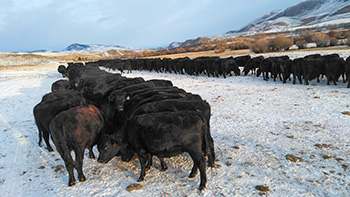 |
“We start calving at the first of February, and temperatures can be subzero,” Stephen Shiner says. “There can also be 6 inches of snow. So those few months are intense labor of trying to get them on the ground and keep them alive.” |
However, the rough calving season pays off when the bigger steers go to the feedlot in the fall, and they finish in the spring. The popularity and marketability of the black-hided cattle drew Shiner to raise Angus.
“Many years ago, everyone started wanting black cows, and other breeds started turning black,” Shiner says. “We had been Simmental, but we switched over to Angus. Once we got into them, we sure liked them.”
Nestled in the Idaho terrain, Shiner needed a cow that could handle the environment.
“They handle the mountains well and travel well,” Shiner said. “They also bring in a nice, fat calf each fall. The Angus cow has good mothering characteristics. They are a good, moderate frame size. They are typically docile and pretty easy to handle.”
Ranching cattle runs in Shiner’s blood. He comes from several generations that raised cattle, and he is proud of his roots.
“My brothers and I all went off and learned a trade to make a living,” Shiner says. “But when the opportunity to come back to the ranch came up, I took it.”
Editor’s note: Photos courtesy Shiner Ranch.

Angus Proud
In this Angus Proud series, Editorial Intern Jessica Wesson provides insights into how producers across the country use Angus genetics in their respective environments.
 Angus Proud: Scott Sproul
Angus Proud: Scott Sproul
Oklahoma operation learned wisdom of moving calving season to better suit their marketing needs.
 Angus Proud: Bubba Crosby
Angus Proud: Bubba Crosby
Fall-calving Georgia herd uses quality and co-ops to market calves.
 Angus Proud: Jim Moore
Angus Proud: Jim Moore
Arkansas operation retains ownership through feeding and values carcass data.
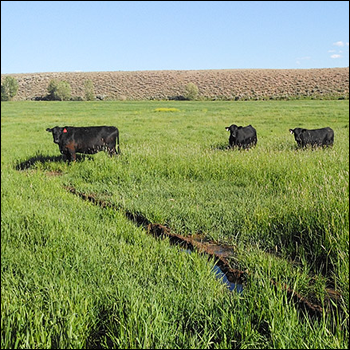 Angus Proud: Stephen Shiner
Angus Proud: Stephen Shiner
Idaho operation rotates pastures in summer and raises crops for winter.
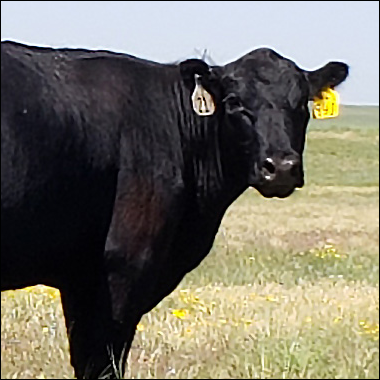 Angus Proud: Brian Nusbaum
Angus Proud: Brian Nusbaum
Angus cattle fit cattleman’s marketing goals and helped him set out on his own.
 Angus Proud: Les Shaw
Angus Proud: Les Shaw
South Dakota operation manages winter with preparation and bull selection.
 Angus Proud: Jeremy Stevens
Angus Proud: Jeremy Stevens
Nebraska operation is self-sufficient for feedstuffs despite sandy soil.
 Angus Proud: Dave Rutan
Angus Proud: Dave Rutan
Angus breeder gets the most out of his bull investment by partnering with opposite calving-season operation.
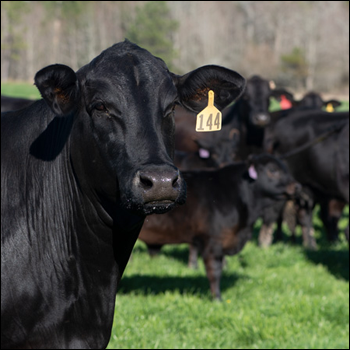 Angus Proud: Nickey Smith
Angus Proud: Nickey Smith
AngusLink helps Louisiana cattleman gain more for his calves.
